
Roots
The very strands that crown us hold whispers of ancient lands, tales carried not on wind, but through generations. Consider for a moment the quiet strength residing within each curl, each coil, a resilience echoing across centuries. How did these practices, so deeply rooted in the soil of Africa, withstand the violent uprooting of the transatlantic crossing?
The answer lies in an enduring spirit, a profound connection to identity that found ways to persist, even when everything else was stripped away. It is a testament to the human capacity for preservation, a gentle yet unwavering assertion of self.

The Pre-Colonial Crown
Before the shadows of slave ships fell upon the African coasts, hair held a sacred position. It was more than mere adornment; it served as a living canvas, a complex language spoken without words. In communities across the continent, from the Wolof of Senegal to the Yoruba of Nigeria, a person’s hairstyle could communicate their age, marital status, social standing, religious beliefs, and even their tribal identity.
Imagine the vibrant landscapes of West Africa, where elaborate coiffures, meticulously styled and often embellished with beads, shells, or gold, were commonplace. These were not quick styles; they were often hours-long, communal rituals, deepening bonds as hands worked with care.
In pre-colonial Africa, hair was a profound visual language, communicating social status, age, and spiritual connection.
The preparation of hair was a ceremonial act, often involving natural elements sourced from the earth itself. The knowledge of these botanicals, their properties, and their application was passed down through oral tradition, a precious inheritance. Shea butter, a rich emollient from the karite tree, was prized for its moisturizing capabilities. Coconut oil, marula oil, and various plant extracts offered nourishment and protection.
Even specific clays, like Rhassoul clay from Morocco, were used for cleansing without stripping the hair’s natural oils. These practices were deeply integrated into daily life, reflecting a holistic approach to wellbeing where physical presentation was inseparable from spiritual and communal harmony.

Hair as a Cultural Map and Spiritual Portal
The symbolic weight of hair extended to its perceived connection with the divine. Many African cultures believed that the hair, as the highest point of the body, served as a conduit for spiritual communication, a direct line to ancestral wisdom and higher powers. For the Yoruba, for example, braided hair could send messages to the gods.
This spiritual dimension underscored the profound disrespect and trauma inflicted when enslaved Africans had their heads forcibly shaved upon capture and transport. This act, presented by enslavers as a hygienic measure, was in truth a calculated psychological tactic, designed to strip individuals of their identity, sever their connection to their heritage, and dismantle their sense of self.
The tools used for hair care in ancient Africa were themselves objects of art and cultural significance. Archaeological findings in regions like Kush and Kemet (modern-day Sudan and Egypt) reveal combs made of wood, bone, and ivory, some dating back as far as 7,000 years. These early combs, often adorned with symbols of nature or tribal identity, were not merely functional; they were cherished instruments, embodying the deep respect held for hair and its styling.
The practice of grooming was a communal affair, a time for storytelling, teaching, and reinforcing social bonds. It was within these moments that the foundational knowledge of textured hair, its unique needs, and its inherent beauty was passed from elder to youth, a living legacy.
| Tool Type Combs |
| Material Wood, Bone, Ivory |
| Earliest Known Origin Kush and Kemet (7,000 years ago) |
| Tool Type Hair Adornments |
| Material Beads, Cowrie Shells, Gold, Metal Rings |
| Earliest Known Origin Ancient Egypt, West African communities |
| Tool Type Hair Threading Needles |
| Material Various materials (implied by technique) |
| Earliest Known Origin Ancient African practices |
| Tool Type These tools represent a long history of intentional care and artistry for textured hair. |
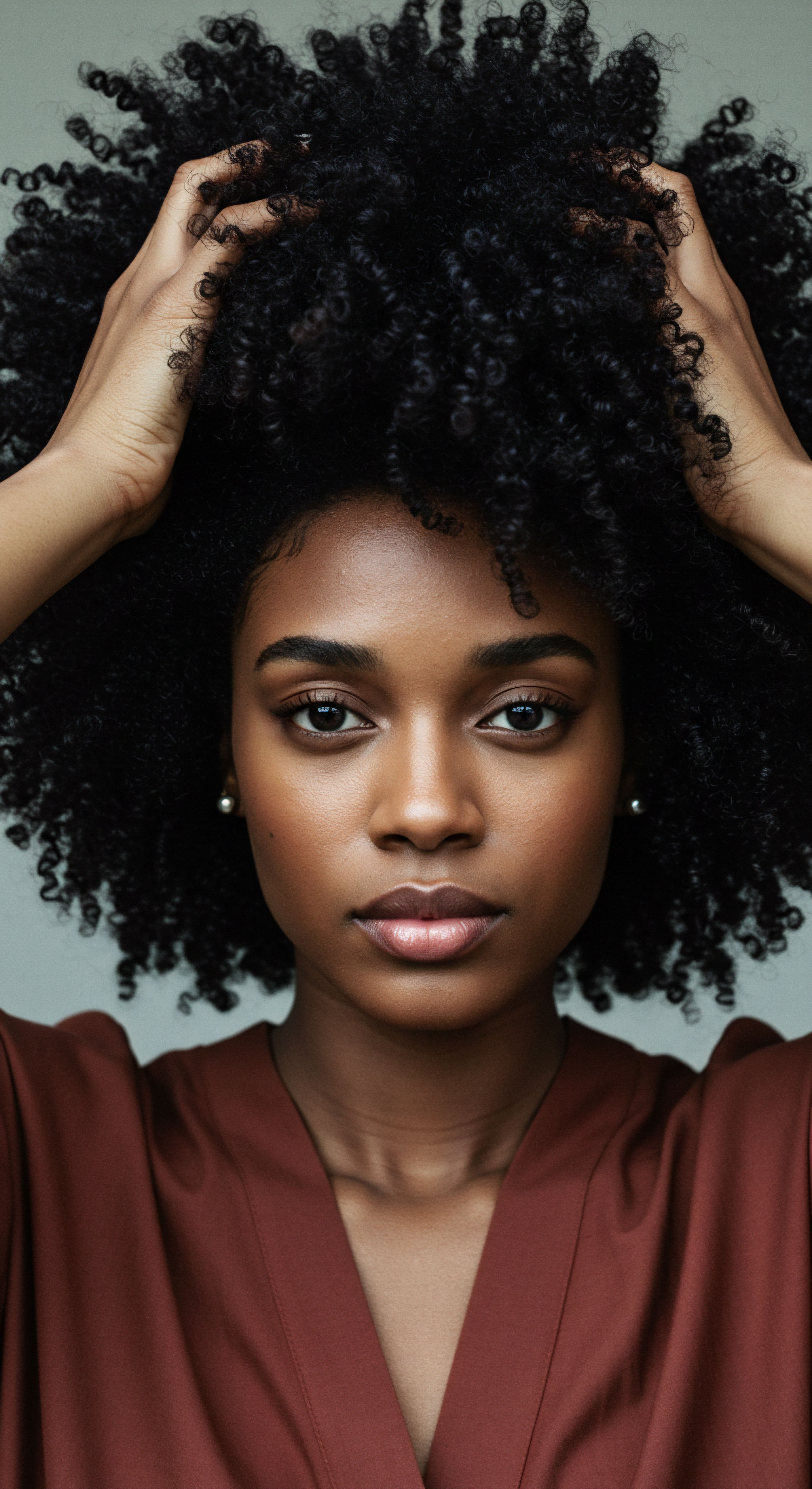
The Language of Hair Texture
Textured hair, with its diverse curl patterns and varying porosity, possesses inherent characteristics that necessitate specific care. In pre-colonial Africa, this understanding was intuitive, born from centuries of observation and practice. The tightly coiled and packed nature of many African hair types, for instance, requires consistent moisture to maintain health and prevent breakage. This physiological reality underpinned many traditional care practices, which prioritized hydration and protection.
The use of oils and butters created a seal, locking in moisture, while protective styles minimized manipulation and exposure to environmental stressors. This practical knowledge, woven into the daily lives of African people, became a crucial, silent guide when facing the unimaginable conditions of the transatlantic passage.
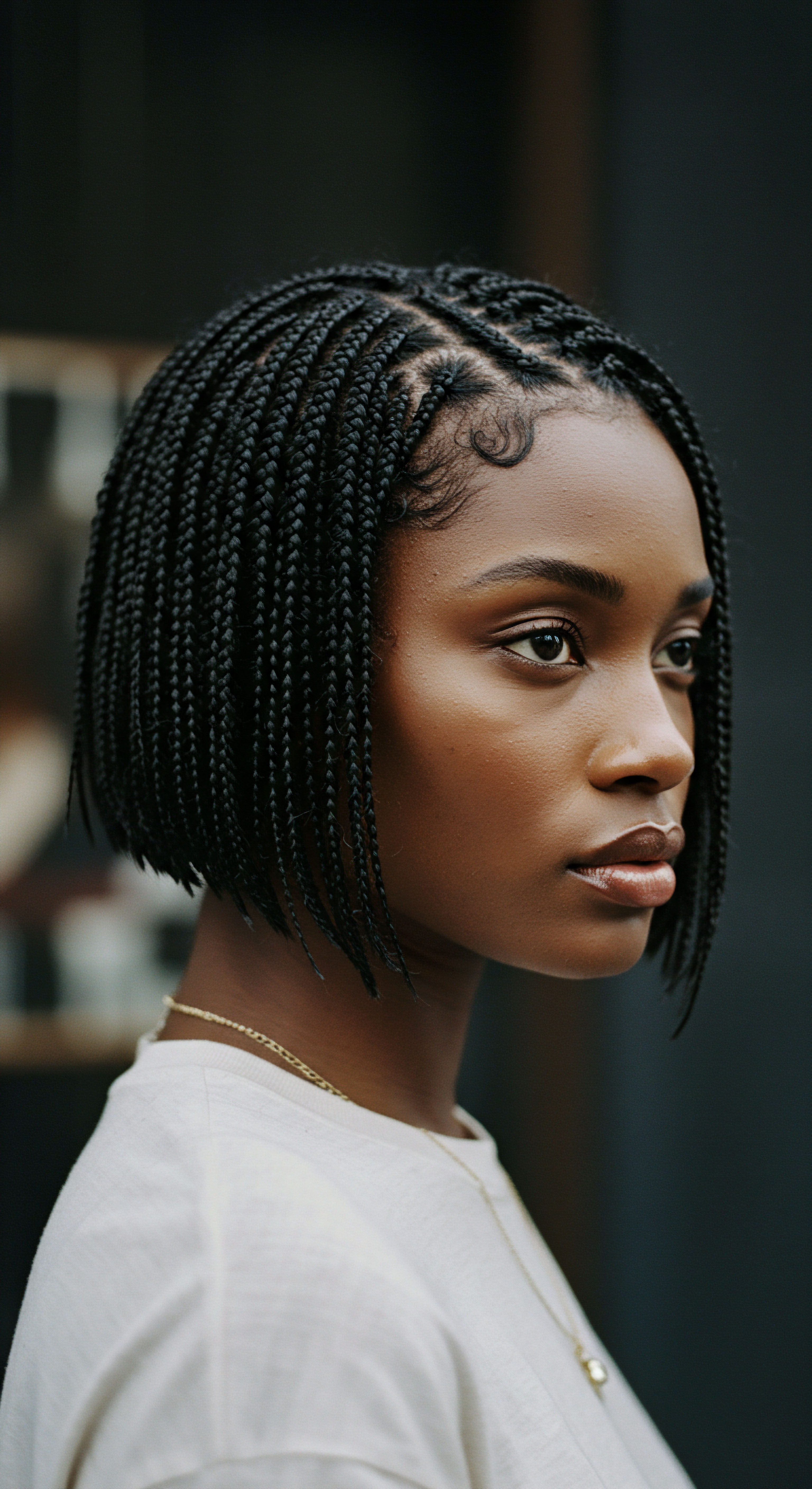
Ritual
As the ships sailed, bearing their unwilling passengers across the vast, indifferent ocean, the daily rhythms of life, including hair care, faced brutal disruption. How, then, did these practices, once so vibrant and public, continue? They transformed. The outward expressions of identity, once proudly displayed, became quiet acts of defiance, intimate moments of remembrance.
This section turns to the adaptive spirit of those who found ways to preserve their heritage through the very care of their hair, even in the most inhumane of circumstances. It is a testament to the power of ritual, however small, to sustain the spirit.
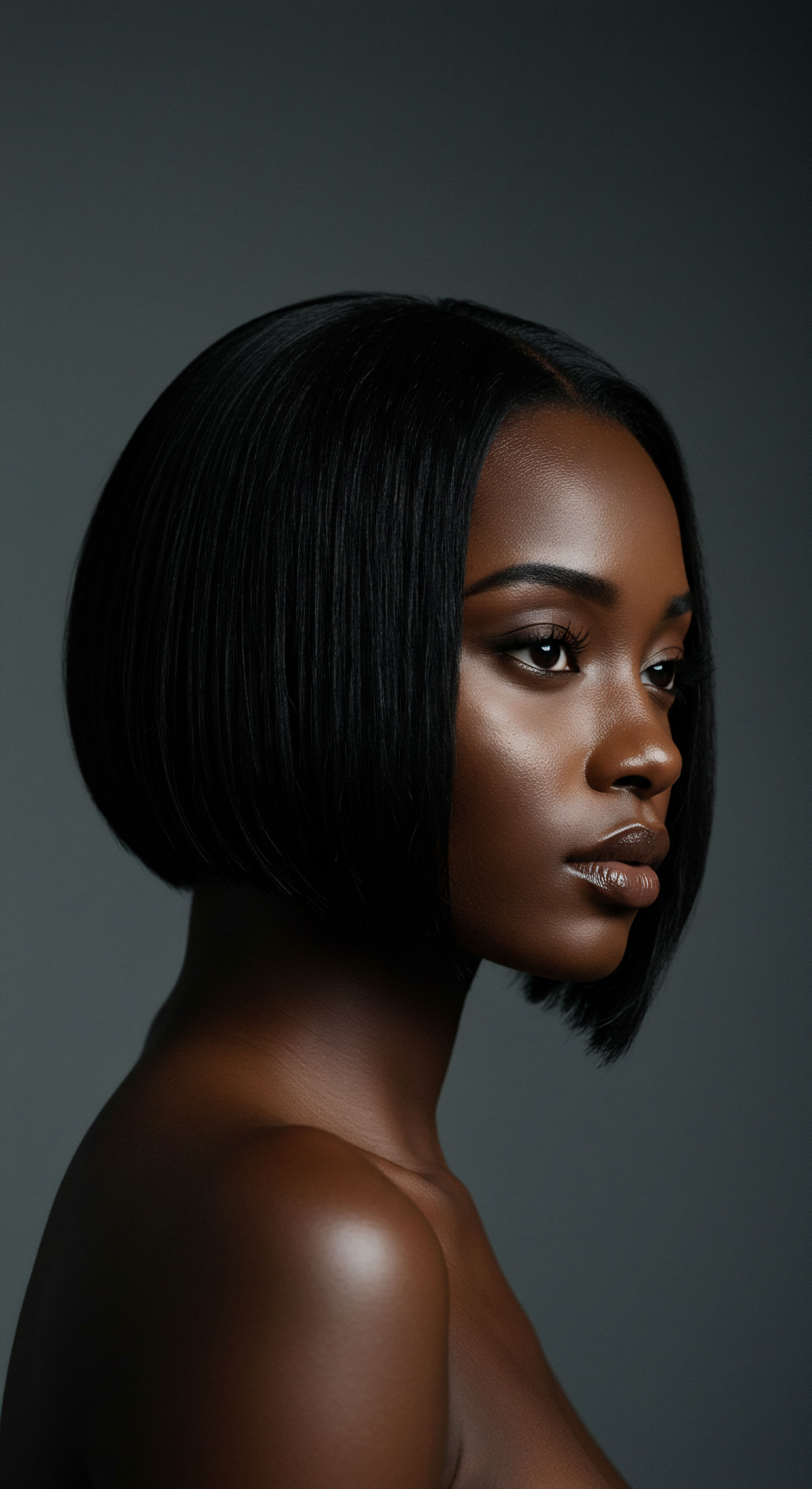
The Middle Passage and the Loss of Tools
The transatlantic journey was a period of calculated dehumanization. One of the first acts upon capture was often the forced shaving of heads. This was not merely for hygiene; it was a symbolic obliteration, a deliberate attempt to erase identity and break the spirit of the enslaved. Stripped of their combs, their oils, their time, and their communal spaces for grooming, enslaved Africans faced immense challenges in maintaining their hair.
Without proper care, textured hair can become matted and tangled, leading to pain and further distress. Yet, even in this abyss of suffering, the knowledge of hair care, a silent language, persisted.

Adapting to Harsh Realities
The resourcefulness of enslaved Africans in the Americas was extraordinary. Denied traditional implements, they improvised. Scraps of wood, discarded metal, or even animal bones were repurposed to create makeshift combs. Natural elements available in their new, often hostile environments were sought out for their medicinal and cosmetic properties.
While specific historical accounts of botanical substitutes are sparse due to the conditions of slavery, the continued use of ingredients like palm oil (which was accessible in some parts of the Americas and shared properties with traditional African oils) suggests an adaptive application of ancestral knowledge. The ability to identify and utilize new plant resources for hair and skin care speaks to a deep, inherent understanding of natural remedies.
Hair care, once a public celebration, became a private, communal solace. Sundays, often the only day of rest, became a time for hair. Mothers, daughters, and friends would gather, combing and styling each other’s hair, a practice that continued into the post-slavery era.
This communal grooming became a space for bonding, for sharing stories, for transmitting cultural memory. It was in these intimate moments that techniques, passed down through whispers and touch, kept the flame of tradition alight.
Protective styles, which had been functional and aesthetic in Africa, took on new significance. Braids, twists, and knots became practical solutions for managing hair without proper tools or products, minimizing tangling and breakage. They also served as a silent, powerful form of resistance.
In the crucible of slavery, hair care rituals transformed into acts of profound resistance and communal solidarity.

Hair as a Hidden Language
One of the most compelling instances of hair practices as a survival mechanism is the use of cornrows as hidden maps to freedom. In regions like Colombia, enslaved people braided patterns into their hair that depicted escape routes, paths to rivers, or locations of safe houses. This ingenuity, turning a seemingly simple hairstyle into a cartographic tool, highlights the profound intellectual and cultural resilience of those enduring unimaginable oppression.
Another remarkable example, perhaps less commonly known but equally powerful, involves the concealment of sustenance. Enslaved West African women, particularly those with knowledge of rice cultivation, braided rice seeds into their hair before being forced onto slave ships. This act of carrying seeds, often critical to their cultural diet and agricultural practices, ensured their survival and allowed for the eventual cultivation of rice in the Americas.
This quiet, yet profoundly impactful, act not only preserved a food source but also ensured the continuation of agricultural knowledge, reshaping the economies of the New World. The work of ethnobotanist Tinde van Andel provides compelling research on how these seeds, hidden within hair, allowed rice to flourish in plantation economies, sustained the very colonists who held them captive, and contributed significantly to the agricultural landscape of the Americas.
These practices, whether as maps or as seed caches, underscore the adaptive genius of African people. They transformed hair, an intimate part of self, into a tool for survival and cultural preservation, a silent testament to an unyielding spirit.
- Cornrows ❉ Intricate braiding patterns used to conceal escape routes and maps for freedom.
- Rice Seeds ❉ Grains braided into hair by West African women, ensuring the survival of staple crops in the Americas.
- Headwraps ❉ Utilized for protection, but also as a means of defying Tignon Laws and asserting cultural identity.
The headwrap, too, became a symbol of defiance. In places like Louisiana, “Tignon Laws” were enacted in 1786, forcing Black women to cover their hair with knotted headdresses. This was an attempt to control their self-expression and diminish their status.
Yet, Black women responded by choosing vibrant, colorful scarves and adorning them with beads and jewels, transforming an oppressive mandate into an act of beauty and assertion. This act of reclamation, even within imposed constraints, speaks volumes about the enduring power of personal agency and cultural pride.
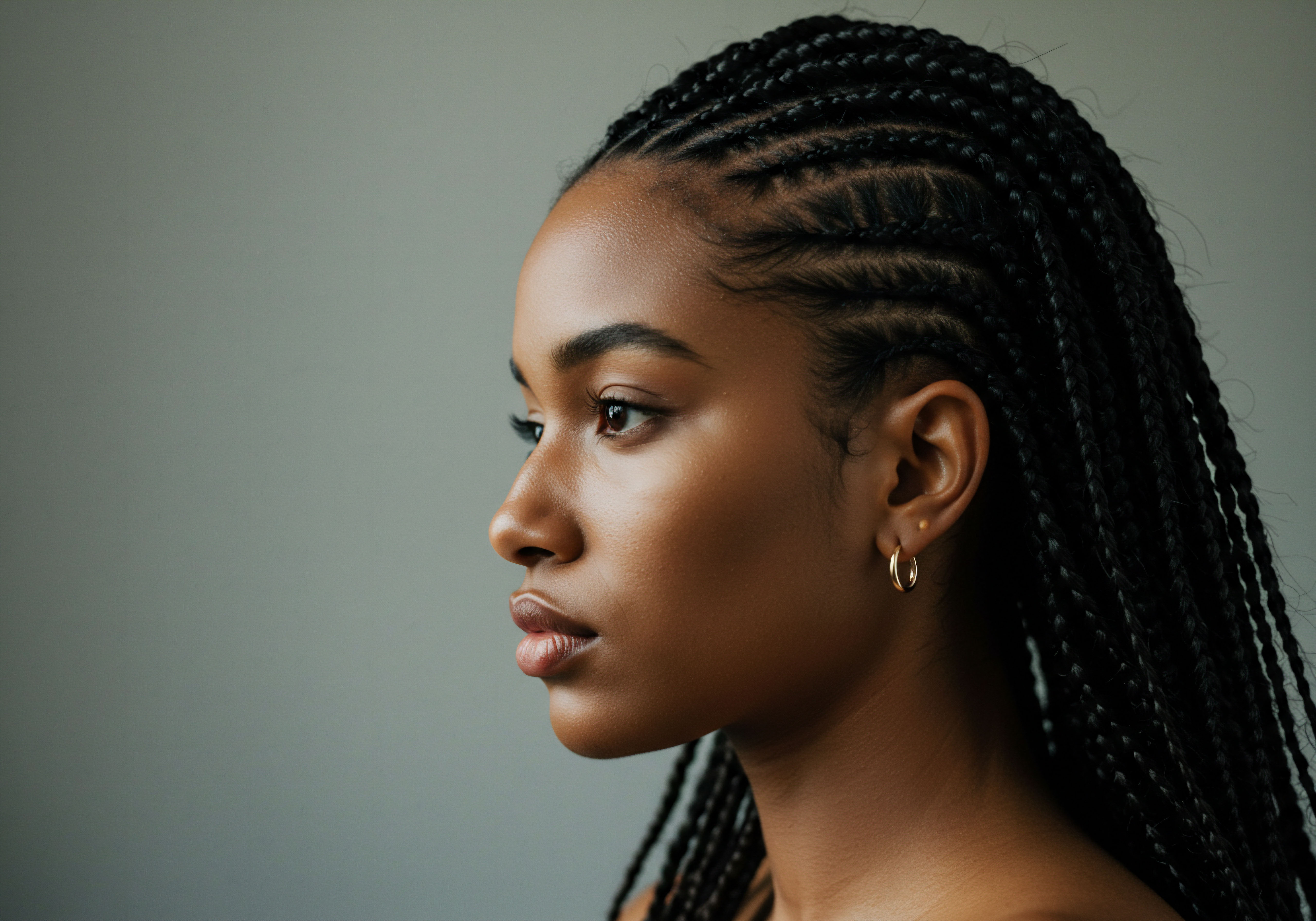
Relay
The journey of African hair practices did not cease with emancipation; it shifted, adapting to new social currents while holding fast to its ancestral roots. How did these practices, born of necessity and defiance, evolve into the vibrant expressions of identity we see today? This section delves into the complex interplay of history, science, and cultural affirmation that continues to shape the legacy of textured hair, moving beyond mere survival to a dynamic celebration. It invites a deeper understanding of how the past continues to inform the present, a living conversation across time.
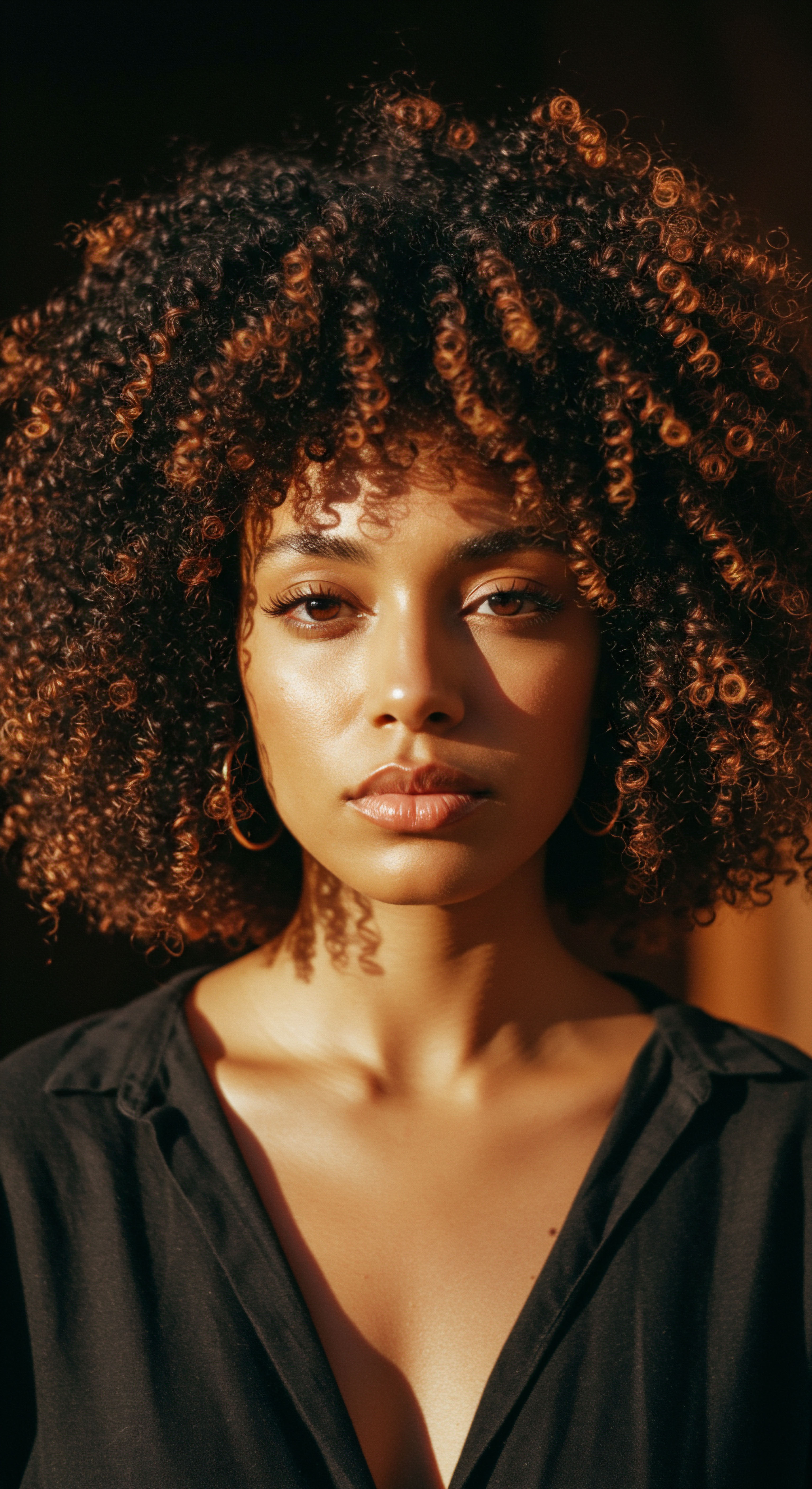
The Aftermath and European Beauty Standards
Even after the formal end of slavery, the societal landscape presented new challenges. Eurocentric beauty standards, which favored straight hair, exerted immense pressure on Black individuals. This led to the widespread adoption of chemical relaxers and heat styling methods, often involving harsh ingredients and tools like the hot comb, popularized by figures such as Madam C.J. Walker.
While these innovations offered a means of conforming to dominant beauty norms, they also sometimes caused damage to textured hair and represented a departure from traditional care methods. This period underscores a complex reality ❉ adaptation for survival sometimes meant adopting practices that, while offering perceived social advancement, also carried physical and cultural costs.
The preference for straightened hair became a marker of middle-class status in some communities, reflecting the deeply ingrained societal biases. Yet, even within this context, the memory of traditional practices persisted, often relegated to the privacy of homes and family gatherings, awaiting a time of reclamation.

The Science of Textured Hair Resilience
Understanding the inherent properties of textured hair provides a scientific lens through which to appreciate its enduring nature. African hair, typically characterized by its elliptical follicle shape, grows in a helical pattern, creating curls, coils, and kinks. This structure, while beautiful, can make it more prone to dryness due to the difficulty of natural scalp oils traveling down the entire length of the strand. It also means more points of fragility along the curl pattern, making it susceptible to breakage if not handled with care.
The traditional African hair practices, developed over millennia, intuitively addressed these scientific realities. The emphasis on moisturizing ingredients like shea butter and various plant oils provided the necessary hydration. Protective styles, such as braids and twists, minimized manipulation and exposure, reducing friction and environmental damage that could lead to breakage. These practices, honed by generations of observation and ingenuity, laid a scientific groundwork for textured hair care long before modern cosmetic chemistry.
A recent ethnobotanical study published in Diversity (2024) identified 68 African plants traditionally used for hair care, including treatments for alopecia and scalp conditions. The study highlights that 58 of these species also possess potential as antidiabetic treatments when consumed orally, suggesting a deeper, systemic connection between traditional plant medicine and overall wellness. This research underscores a holistic understanding of health, where external care and internal nourishment are intertwined, a principle deeply embedded in ancestral African practices. This finding is particularly significant because it points to a broader, often overlooked, aspect of traditional African knowledge systems ❉ the integration of topical and internal applications for wellbeing, hinting at a nuanced understanding of plant properties that extends beyond simple aesthetics.
| Ingredient Shea Butter |
| Traditional Use Moisture, scalp health |
| Key Properties Rich emollients, highly moisturizing |
| Ingredient Marula Oil |
| Traditional Use Moisture, skin moisturizer |
| Key Properties Antioxidants, essential fatty acids, vitamins E and C |
| Ingredient Rhassoul Clay |
| Traditional Use Cleansing, scalp care |
| Key Properties Remineralizing, moisturizing, gentle cleansing |
| Ingredient Chebe Powder |
| Traditional Use Thickness, moisture retention |
| Key Properties Anti-inflammatory, deep conditioning, pH balancing |
| Ingredient These natural ingredients offer a glimpse into the sophisticated botanical knowledge of African cultures. |
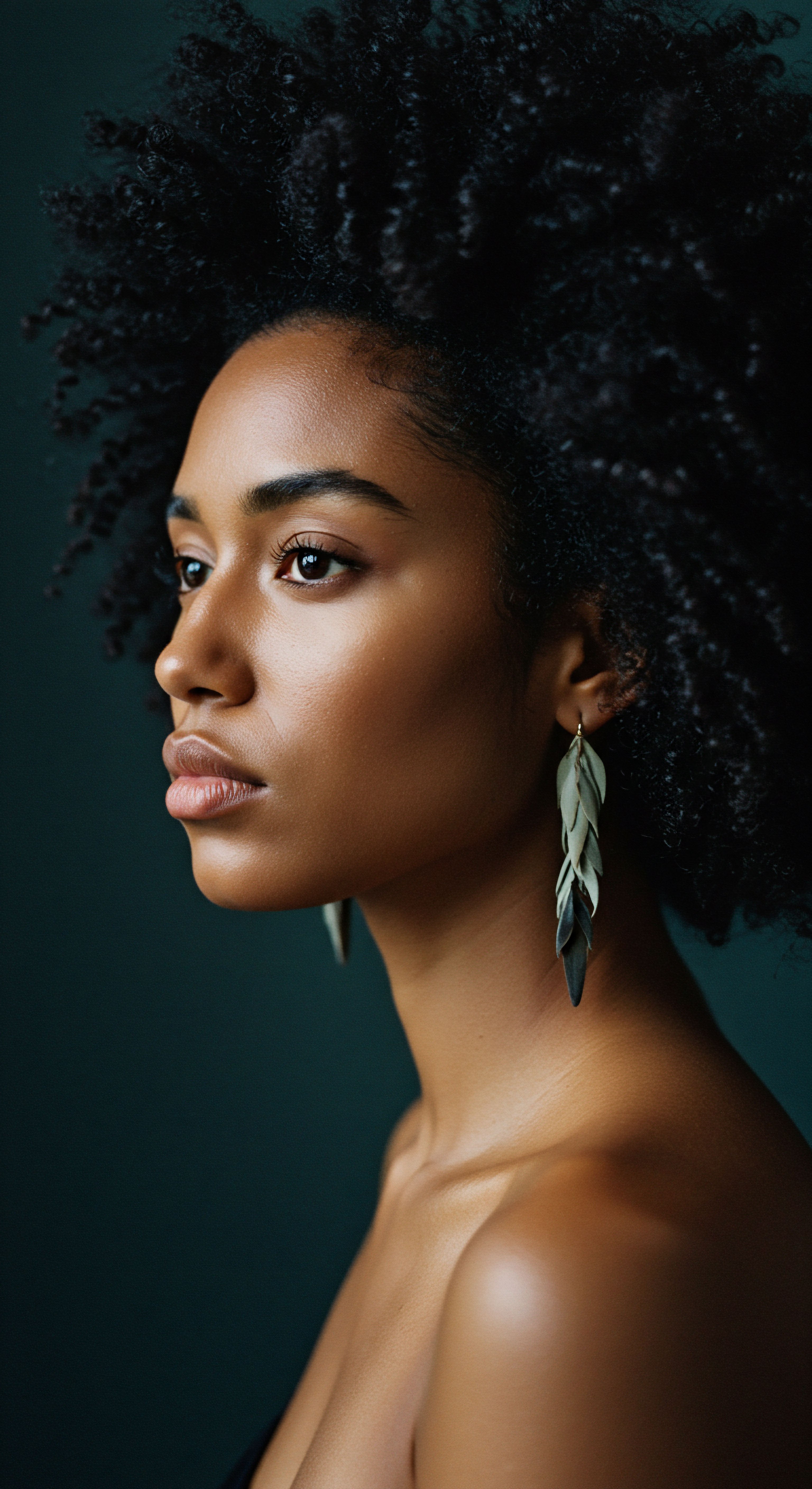
The Resurgence of Natural Hair
The mid-20th century saw a powerful shift with the Civil Rights and Black Power movements. The Afro hairstyle became a bold statement, a rejection of Eurocentric beauty standards, and a proud affirmation of Black identity. Figures like Angela Davis popularized the Afro, transforming it into a symbol of empowerment and a visible link to African ancestry. This period marked a significant cultural renaissance, where natural hair became a political act, a declaration of self-acceptance and pride.
The natural hair movement represents a powerful cultural reclamation, honoring ancestral practices and affirming Black identity.
The contemporary natural hair movement builds upon this legacy, encouraging individuals with textured hair to embrace their curls, coils, and kinks without chemical alteration. It is a global phenomenon, fueled by a desire for health, authenticity, and cultural connection. This movement has spurred innovation in hair care products, with a renewed focus on natural ingredients that cater specifically to the needs of textured hair, echoing the wisdom of ancient African practices. The emphasis on moisture retention, scalp health, and gentle styling techniques aligns directly with the traditional methods that allowed African hair practices to survive centuries of adversity.

Legislative Recognition and Cultural Assertion
The societal acceptance of natural hair continues to be a journey, with legislative efforts like the CROWN Act (Create a Respectful and Open Workplace for Natural Hair) in the United States aiming to combat discrimination based on hair texture and style in workplaces and schools. This legal recognition underscores the deep historical and cultural significance of Black hair, affirming its place as a protected aspect of identity. The ongoing conversation around hair discrimination highlights the enduring legacy of historical biases, but also the powerful, collective effort to dismantle them.
The survival of African hair practices is a testament to human spirit, ingenuity, and the enduring power of cultural memory. From the hidden rice seeds in cornrows to the bold statement of the Afro, each strand carries a story of resistance, adaptation, and profound beauty. It is a legacy that continues to inspire, reminding us that even in the face of immense pressure, identity can find a way to flourish.

Reflection
The enduring story of African hair practices, stretching from ancestral lands across the tumultuous seas to the present day, is more than a chronicle of survival. It is a vibrant declaration of identity, a living archive of resilience etched into every curl and coil. It reminds us that culture, when deeply cherished, can find ways to persist against the most formidable tides of erasure. The whispers of ancient care rituals, the silent strength of braided maps, the defiant grace of a headwrap – these are not relics of a distant past, but vital currents in the river of now.
They teach us that beauty is not merely aesthetic; it is a profound act of self-possession, a connection to lineage, and a continuous conversation with heritage. This journey, from necessity to celebration, invites us to look closer, to listen more intently, and to appreciate the profound power held within the very fibers of our being.

References
- Byrd, A. and Tharps, L. (2001). Hair Story ❉ Untangling the Roots of Black Hair in America. St. Martin’s Press.
- Gordon, M. (2018). “Hair in Ancient African Civilizations”. In Omotos, A. Journal of Pan African Studies.
- Heaton, S. (2021). Heavy is the Head ❉ Evolution of African Hair in America from the 17th c. to the 20th c. Library of Congress.
- Mbodj, M. (2020). “The Significance of Hair in African Culture”. Okan Africa Blog.
- Omotos, A. (2018). Hair in Ancient African Civilizations. Journal of Pan African Studies.
- Randle, S. (2015). Black Hair ❉ A Cultural and Political History. Rutgers University Press.
- Rosado, R. (2003). African Hair ❉ A Cultural and Historical Overview.
- Sieber, R. and Herreman, F. (2000). Hair in African Art and Culture. Museum for African Art.
- Simon, D. (2000). Hair ❉ Public, Political, Extremely Personal.
- Tate, S. (2007). “Black Beauty ❉ Shade, Hair and Anti-Racist Aesthetics”. Ethnic and Racial Studies, 30, 300-319.
- van Andel, T. (2020). “How Enslaved Africans Braided Rice Seeds Into Their Hair & Changed the World”.
- Webb, T. Looby, J. and Fults-McMurtery, R. (2004). “African American Men’s Perceptions of Body Figure Attractiveness ❉ An Acculturation Study”. Open Journal of Social Sciences, 2, 86-100.
- Wade, P. (1997). Race and Ethnicity in Latin America. Pluto Press.